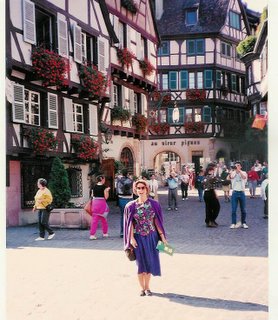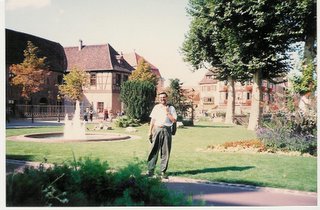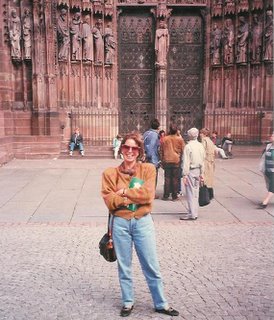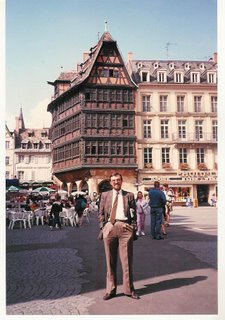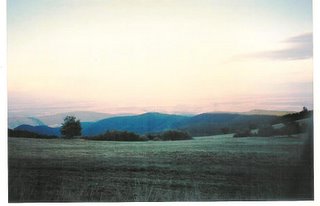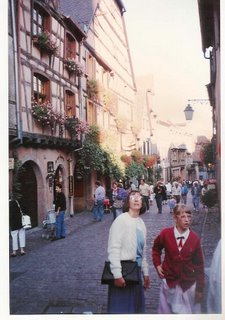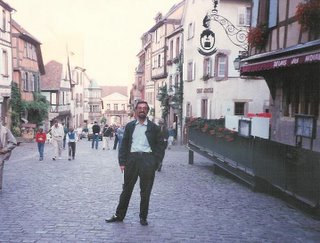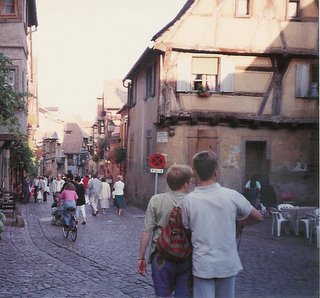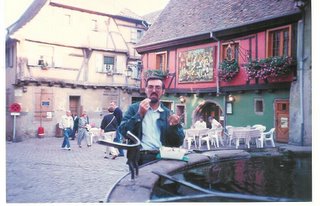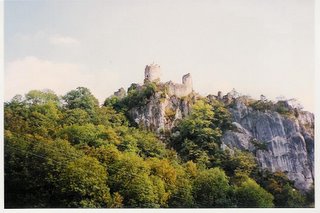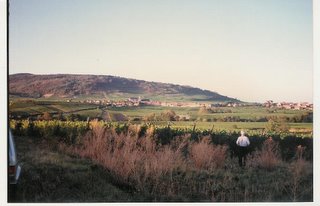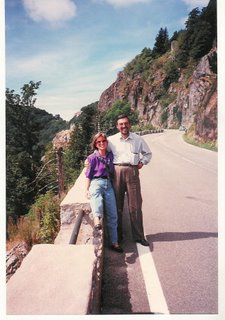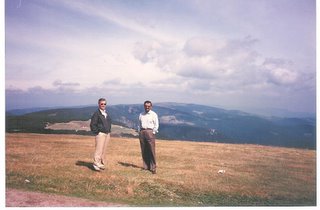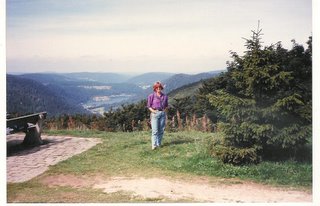ALSACE

"COUNTRYSIDE - Beautiful anyway"
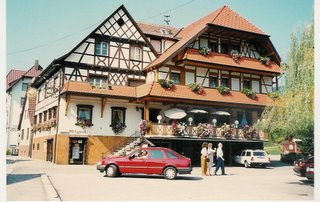
"FORD SIERRA COSWORTH- 200Km/H and more in the German highways, without infringing the Law..."

"REST with a nice view"
***
BADEN-BADEN
"SO GOOD THAT THEY NAMED IT TWICE"
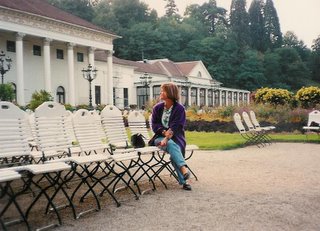
"KURHAUS - Built between 1821 and 1824, it keeps its its unique Belle Epoche elegance"
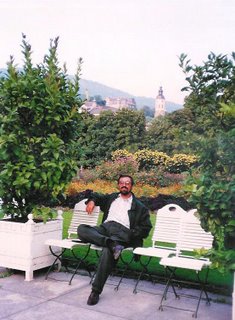
"NEUES SCHLOSS, situated on the Florentinerberg, is the former residence of the Margraves of Baden"
***
FREIBURG
THE SUNNY CAPITAL OF THE BLACK FOREST IS ONE OF THE MOST COLOURFUL CITIES IN BADEN-WÜRTTEMBERG
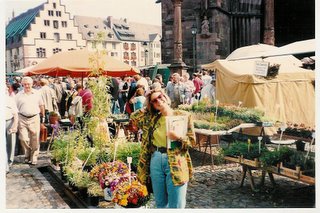
"MÜNSTERPLATZ with its colourful morning market. Up until 1785 the square was surrounded by a wall and in the Middle Ages it was also used as a cemetery"

"FREIBURG'S «BÄCHLE», little streams running through gullies, are one of the historic old town's trademarks. Some say they were originally designed to supply the city with water, and for sewage; others say they served for watering cattle and, above all, as a fire precaution. The legend is that those who accidentally step into one of them will marry a Freiburger"

"HAUS ZUM WALFISCH - In the Franziskanergasse stands the beautiful House of the Whale, with its splendid late Gothic doorway. Built in 1514-15 for Jakob Villinger, Chancellor of Emperor Maximilian I. It was the home of Erasmus of Rotterdam, when he had to leave Basle after the Reformation in 1529"

"KAISER JOSEPH STRASSE - Freiburg's main street, lined by arcades built since the war, was the central marketplace in the Middle Ages with wooden buildings known as "Lauben" down its centre. The "Große Gaß" is bounded to the South by the Martinstor to which further storeys were added in 1901/03. The Christoffeltor to the North was torn down in 1704"
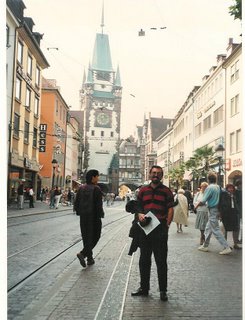
"MARTINSTOR is to the southwest, and marks the border to Freiburg's historic city centre"
***
SCHWARZWALD

"BLACK FOREST is a wooded mountain range in Baden-Württemberg, bordered by the Rhine valley to the west and south, with an highest peak - the Feldberg - at 1,493 meters. The name Black Forest comes from the dark color of the pine trees growing in the region"
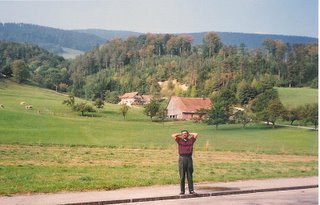
"BLACK FOREST is also the English name for the dessert Schwarzwälder Kirschtorte. Black Forest gateau consists of several layers of chocolate cake, with whipped cream and cherries between each layer. These layers are topped with additional whipped cream, maraschino cherries, and chocolate shavings. Traditionally, the cake is saturated with Kirschwasser. In the USA, Black Forest gateau is usually prepared without alcohol... Guess why?"





















